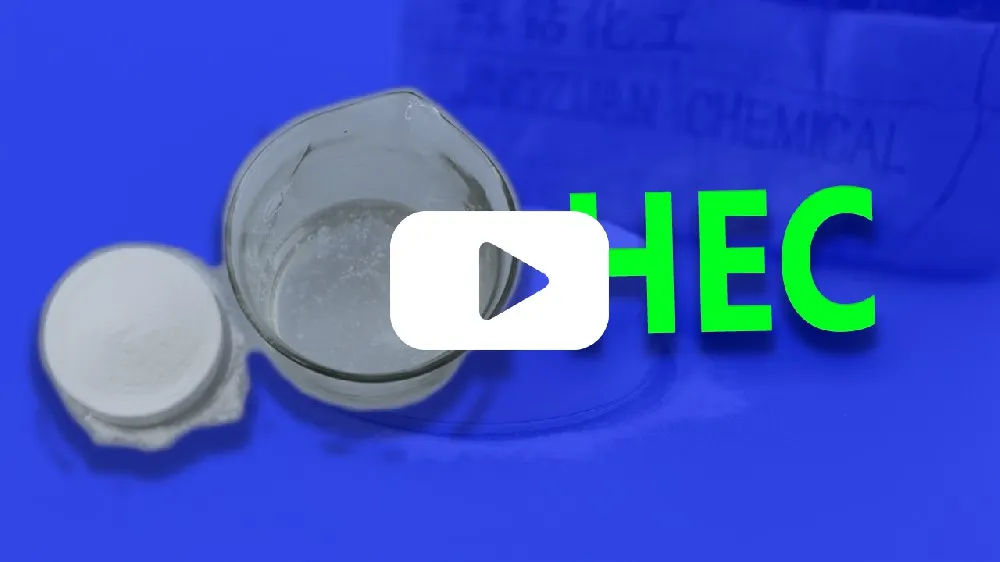
دسامبر . 11, 2024 15:31 Back to list
Exploring HPMC Applications in Gypsum Products for Enhanced Performance and Versatility
HPMC for Gypsum An Essential Additive for Enhanced Performance
Hydroxypropyl Methylcellulose (HPMC) is a cellulose ether extensively used in construction materials, particularly in gypsum-based products. This versatile polymer has become a crucial component in various applications, such as plaster, drywall, and mortar. Its unique properties significantly enhance the performance of gypsum, making it an invaluable ingredient in modern construction practices.
Understanding HPMC
HPMC is a water-soluble polymer derived from cellulose, a natural polymer found in plant cell walls. The modification process involves introducing hydroxypropyl and methyl groups into the cellulose chain, which alters its solubility and chemical properties. As a result, HPMC exhibits excellent water retention, viscosity, and binding capabilities, making it suitable for numerous applications in the construction industry.
Role of HPMC in Gypsum-Based Products
1. Improved Workability One of the primary roles of HPMC in gypsum formulations is to enhance workability. The addition of HPMC increases the viscosity of the mixture, allowing for a smoother application. This is especially beneficial in plastering and skimming applications, where a smooth finish is essential for aesthetic appeal.
2. Water Retention HPMC’s superior water retention capabilities are critical in preventing premature drying of gypsum products. Gypsum needs to remain workable for an extended period to allow sufficient time for application. By retaining moisture, HPMC ensures that the gypsum remains pliable, enabling better adhesion and reducing the risk of cracks during the drying process.
3. Extended Open Time Open time refers to the duration in which the product remains workable after application. HPMC effectively extends this open time, which is essential for projects requiring detailed finishing. This property gives contractors ample time to sculpt, smooth, and manipulate the gypsum material before it sets.
hpmc for gypsum

4. Enhanced Adhesion When added to gypsum, HPMC enhances the adhesion properties of the product. This improvement in bond strength is crucial for applications where gypsum is used as a layer over other surfaces, such as concrete or masonry. The adhesive qualities of HPMC ensure that the gypsum layer adheres firmly, reducing the likelihood of delamination or peeling.
5. Reduction in Shrinkage and Cracking One of the common issues with gypsum products is shrinkage during curing, which can lead to surface cracking. HPMC helps mitigate these issues by providing a more uniform consistency and reducing the likelihood of rapid moisture loss. As a result, the final product exhibits improved dimensional stability.
The Benefits of Using HPMC in Gypsum Products
The incorporation of HPMC into gypsum-based applications presents numerous benefits for contractors and builders alike. Here are some key advantages
- High Quality and Durability With its ability to enhance bonding and minimize shrinkage, HPMC ensures that gypsum products have a longer service life and maintain their aesthetic appearance over time. - Versatility HPMC can be utilized in various formulations, making it suitable for different types of gypsum products, including board, plaster, and decorative finishes. This versatility allows manufacturers to tailor formulations to meet specific project needs. - Eco-Friendly Option As a derivative of cellulose, HPMC is considered a more environmentally friendly choice compared to some synthetic additives. Its biodegradable nature aligns with the growing trend towards sustainable construction practices.
Conclusion
In summary, Hydroxypropyl Methylcellulose (HPMC) is a vital additive in gypsum-based products that enhances performance in numerous ways. By improving workability, water retention, open time, adhesion, and reducing shrinkage and cracking, HPMC contributes to the overall quality and durability of gypsum applications. As the demand for high-performance construction materials continues to grow, the use of HPMC in gypsum will likely expand, further establishing its importance in the construction industry. For builders and manufacturers alike, adopting HPMC in their gypsum formulations is a step towards achieving superior product quality and efficiency.
-
Unlocking the Benefits of HPMC Products: A Gateway to Versatile Applications
NewsAug.07,2025
-
Unleashing the Potential of HPMC Ashland: A Comprehensive Look
NewsAug.07,2025
-
Tile Bonding Cellulose: The Key to Superior Adhesion and Durability
NewsAug.07,2025
-
Hydroxypropyl Methylcellulose Powder: The Versatile Component in Modern Pharmaceuticals
NewsAug.07,2025
-
Hydroxyethyl Cellulose: The Versatile Solution for Various Industries
NewsAug.07,2025
-
Hydroxyethyl Cellulose (HEC): The Versatile Polymer for Various Applications
NewsAug.07,2025







